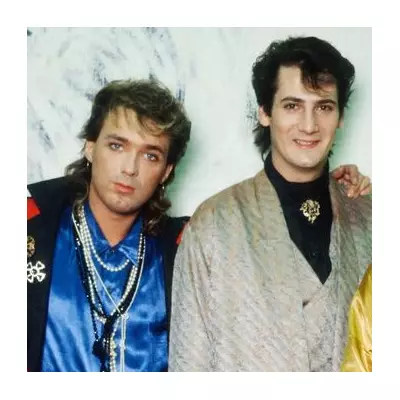
As families across the United States gather each November, one question often surfaces around the dinner table: why is turkey the undisputed centrepiece of the Thanksgiving meal? While nearly 90% of Americans consume turkey during this festive occasion, the reasons behind this tradition are far more complex than most people realise.
The Myth of the First Thanksgiving
Many assume the tradition stems directly from the Pilgrims' legendary 1621 harvest celebration in what is now Massachusetts. The common belief is that the Pilgrims and their Wampanoag guests feasted on wild turkey. However, the historical evidence tells a different story.
The only firsthand account of that first feast comes from Edward Winslow, who mentioned that Wampanoag leader Massasoit arrived with 90 men. While Winslow noted they ate 'fowle', this term could have referred to various wild birds including ducks, geese, or possibly turkeys. He specifically recorded that the Wampanoag brought five deer, but provided scant detail about the rest of the menu.
Historians confirm that many staples of today's Thanksgiving dinner were absent from that 1621 event. Potatoes, green beans, wheat flour, and sugar were not available, ruling out modern favourites like pumpkin pie and cranberry sauce. The meal likely featured squash, corn, and shellfish instead.
The 19th Century Reinvention
The transformation of the Pilgrims' harvest celebration into a national holiday featuring turkey as its centrepiece occurred more than two centuries later during the 1800s. This revival was largely engineered by Sarah Hale, a formidable editor and author best known for writing 'Mary Had a Little Lamb'.
As editor of the influential Godey's Lady's Book, Hale campaigned for decades to establish Thanksgiving as a national holiday. She and her contemporaries assumed the Pilgrims had eaten turkey, partly because wild turkeys were abundant in New England. Her vision of the holiday emphasised family, faith, and a nostalgic connection to America's colonial past.
The campaign gained crucial momentum during the Civil War. With many Southern legislators absent from Congress, President Abraham Lincoln declared Thanksgiving a national holiday in 1863, finally realising Hale's long-standing ambition.
Why Turkey Triumphed
Several practical factors cemented turkey's position as the preferred Thanksgiving dish. Media outlets like Godey's promoted New England recipes and menus that prominently featured turkey. As the Augusta Chronicle noted in 1882, 'Every person who can afford turkey or procure it will sacrifice the noble American fowl to-day.'
Turkey served as the perfect celebratory centrepiece – large enough to feed a crowd and more economical than raising a cow or pig for slaughter. Its size and affordability made it particularly suitable for family gatherings.
The bird's journey to holiday tables began long before Thanksgiving became a national tradition. Europeans had incorporated turkeys into their diets following colonisation of the Americas. In England, King Henry VIII enjoyed turkey on Christmas day a full century before the Pilgrims' feast.
Turkey's connection to Christmas in England further influenced American traditions. Charles Dickens' A Christmas Carol, published in 1843, famously depicted Ebenezer Scrooge redeeming himself by sending the Cratchit family a massive turkey to replace their meager goose. This literary moment helped solidify turkey's status as the ultimate festive bird on both sides of the Atlantic.
While the historical record remains unclear about whether turkey actually featured at the 1621 celebration, historians acknowledge it likely appeared at colonial-era celebrations in New England. The tradition as we know it today represents a fascinating blend of 19th-century marketing, practical considerations, and cultural nostalgia rather than a direct continuation from Pilgrim times.





